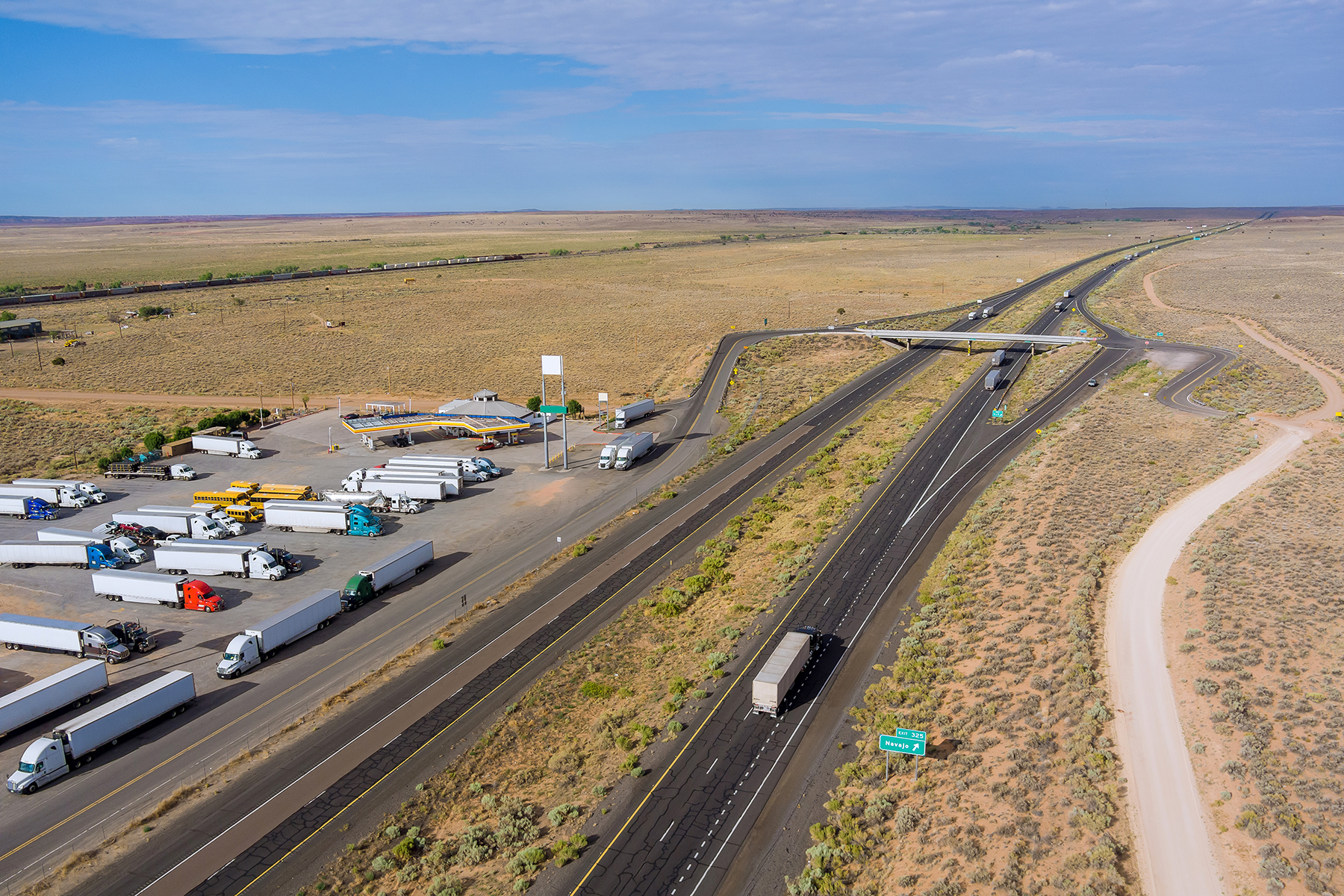The term “human trafficking” evokes images of remote locations where societies are woven with violence and desperation and where those who are most susceptible are exploited by traffickers for their own malevolent purposes. Nevertheless, an unsettling reality lurks concealed within the confines of our local communities and neighborhoods. Regrettably, human trafficking extends beyond the borders of war-ravaged and impoverished countries to encompass expansive urban areas and rural regions of the United States, where it thrives clandestinely and without detection.
Human trafficking, a nefarious exploitation of the susceptibility of human beings, is a pervasive yet clandestine illicit practice occurring within our immediate vicinity. The United States, a nation renowned for its ideals of liberty and progress, is inexplicably entangled in the ominous webs of human traffickers, whose operations are remarkably clandestine and intricate. The strength of traffickers lies in their ability to remain undetected, which permits them to operate clandestinely in unlikely locations—including truck stops, motels, and online marketplaces—becoming arenas for exploitation.
Vulnerabilities are exploited by traffickers, who target the homeless, runaways, and neglected. They employ a variety of manipulative tactics, including the use of fraudulent employment postings and the exploitation of intimate relationships. Frequently, young women and children are subjected to a life of despair in which their physical beings are transformed into commodities and their value is established by the obscurity of the underworld.
In order to fully grasp the severity of human trafficking in the United States, it is necessary to develop an understanding of its complex and multifaceted characteristics. Domestic servitude, forced labor, and sex trafficking comprise the dreadful trilogy of exploitation that perpetually inflicts physical and mental suffering upon innumerable victims. The victims’ silence is sustained due to apprehension, disgrace, and a criminal justice system that frequently appears insufficiently prepared to dismantle the intricate networks of contemporary slavery.
However, in the midst of the darkness, hope flickers. A multitude of non-profit entities, grassroots movements, and governmental bodies are engaged in ceaseless efforts to dismantle networks of human trafficking, provide assistance to survivors, and promote social consciousness. A critical element in this endeavor is rooted in awareness and education. By providing communities with the information and resources necessary to recognize the indicators of human trafficking, society as a collective entity is empowered to confront the malevolent activities of the traffickers.
Legislation is also of critical importance. Legislation such as the Trafficking Victims Protection Act (TVPA) serves as a prime illustration of the collective endeavors to fortify the judicial systems responsible for safeguarding victims and bringing offenders to justice. Nevertheless, ongoing advocacy is necessary to guarantee that policies adapt in concert with the ever-changing tactics and strategies utilized by traffickers.
This conflict transcends the domains of policy and law enforcement. It permeates the moral compass and collective consciousness of society. A paradigm shift is required, wherein the victims of human trafficking are not regarded with prejudice and condemnation but rather with compassion and an understanding of the anguish, tribulation, and fortitude that characterize their ordeal.
In summary, addressing the issue of human trafficking in the United States requires a widespread awakening in order to break the silence. It advocated for a cohesive society that opposed exploitation, was educated, and was reinforced by stringent legislation and law enforcement. As we delve deeper into the murky underbelly of human trafficking, we reveal the potential to instigate transformation, safeguard those who are most susceptible, and restore the emotional well-being of survivors. We should unite in this critical conflict, forging trajectories towards liberty, equity, and optimism.





